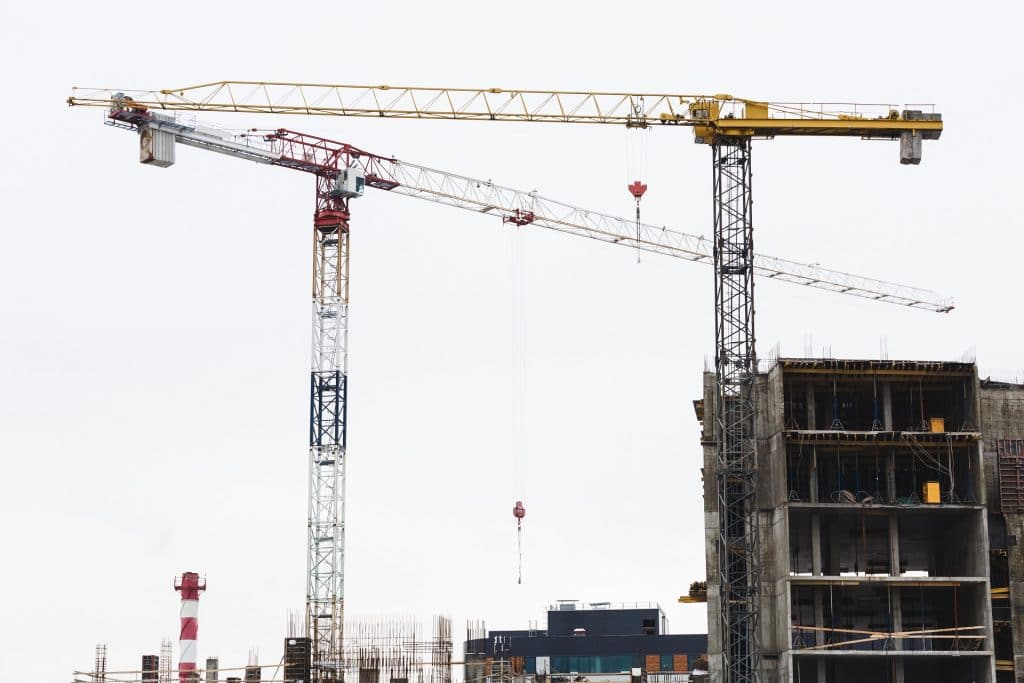HOW TO IMPROVE PRODUCTIVITY IN THE CONSTRUCTION INDUSTRY
About Features Resources Specification & FAQsAccording to The McKinsey Global Institute (MGI’s) Reinventing Construction: A Route to Higher Productivity report, the construction sector has an intractable productivity problem.
Global labour productivity growth in construction has averaged only one per cent a year over the past two decades, compared with a growth of 2.8 percent for the total world economy and 3.6 per cent in manufacturing.
Productivity levels in construction have remained consistently below the UK average, with specialised construction projects being the least productive.
According to the NBS, the UK has a problem with productivity and the construction sector has poorer productivity growth rates than any other.
UK productivity levels are lower than they were in 2008, and the construction sector hasn’t seen any significant productivity growth in the last 20 years.
To make a change we need to understand why this happening and make improvements which will help to increase our productivity levels.
Factors affecting productivity
The new MGI Construction Productivity Survey (revolution/mgi-reinventing-construction-executive-summary.pdf) confirms many reasons for the industry’s poor performance, saying:
The construction sector is extensively regulated, dependent on public-sector demand and highly cyclical. Informality and sometimes corruption distort the market.
Construction is highly fragmented. Contracts have mismatches in risk allocations and rewards, and often inexperienced owners and buyers find it hard to navigate an opaque marketplace.
The result is poor project management and execution, insufficient skills, inadequate design processes and underinvestment in skills development, R&D and innovation.

Improving productivity levels
Higher productivity is achieved by looking at a number of factors.
First up is the workforce. With statistics showing an ageing and migrant workforce within the construction sector, upskilling is essential when we are aiming for higher productivity levels.
Investing in the training of our frontline workers in core skills that are currently underdeveloped, as well as in new technologies, can help break seasonality and cyclicality, and improve workforce stability, thus leading to productivity growth.
The use of apprenticeship programs is a good way of bringing onboard a fresh workforce.
Raising transparency – regulatory complexities can hinder productivity. Companies can help reshape regulatory environments by streamlining the permitting and approvals processes, reducing informality and corruption and encouraging transparency on cost and performance.
Changing the contractual framework – when interests are aligned, projects are more likely to meet schedule and cost targets. To align interests, the construction sector must move away from the hostile contracting environment that characterises many construction projects, to a system focused on collaboration and problem solving.
Rethinking the design and engineering processes – the construction sector has a great opportunity to improve productivity by pushing for repeatable design elements. Few firms currently have a standard design library, but if owners and contractors can shift mind-sets from custom scopes for each project to more standardisation and repeatability and build up libraries of optimised designs, this will lead to higher productivity.
Improving best practice – The construction sector has much room for improvement. A combination of best practices seen in other industries and innovative, digitally enabled approaches can improve reliability and predictability. Digitising procurement and supply-chain work flows will enable more sophisticated logistics management and just-in-time delivery.
Improving on-site execution – the construction industry has challenges when it comes to on-site execution, including inconsistent use of best practices across sites, projects and staff, as well as difficulty finding and developing talented project managers.
In addition, many people struggle to identify and use hard data to baseline project (and project managers’) performance.
A rigorous planning process can help ensure activities are achieved on time and on budget by ensuring all pre-work, such as approvals, is completed prior to starting on-site work while careful planning and coordination of different disciplines on-site, along with the application of lean principles, can reduce waste and variability.
If you would like any more information on our NASC information membership then please send us a message.
Our friendly team are always happy to help. Call, email or even get in touch with us through the social links below.
J.Mac Safety Systems
Portrack Grange Road
Stockton-on-Tees, TS18 2PH
T01642 563 696
Esales@jmacsafetysystems.co.uk
Keep up to date with our latest news, updates & industry specific email campaigns.
© J.Mac Safety Systems Limited. All rights reserved.
